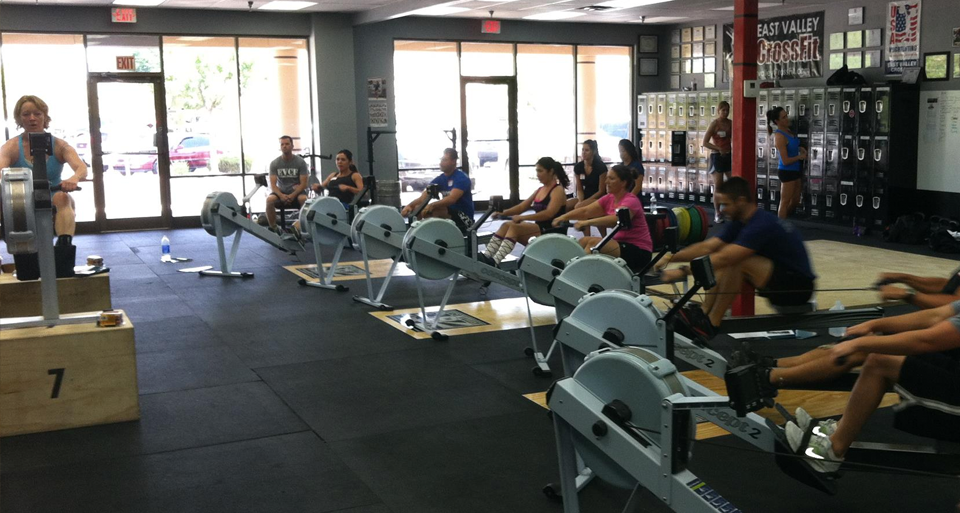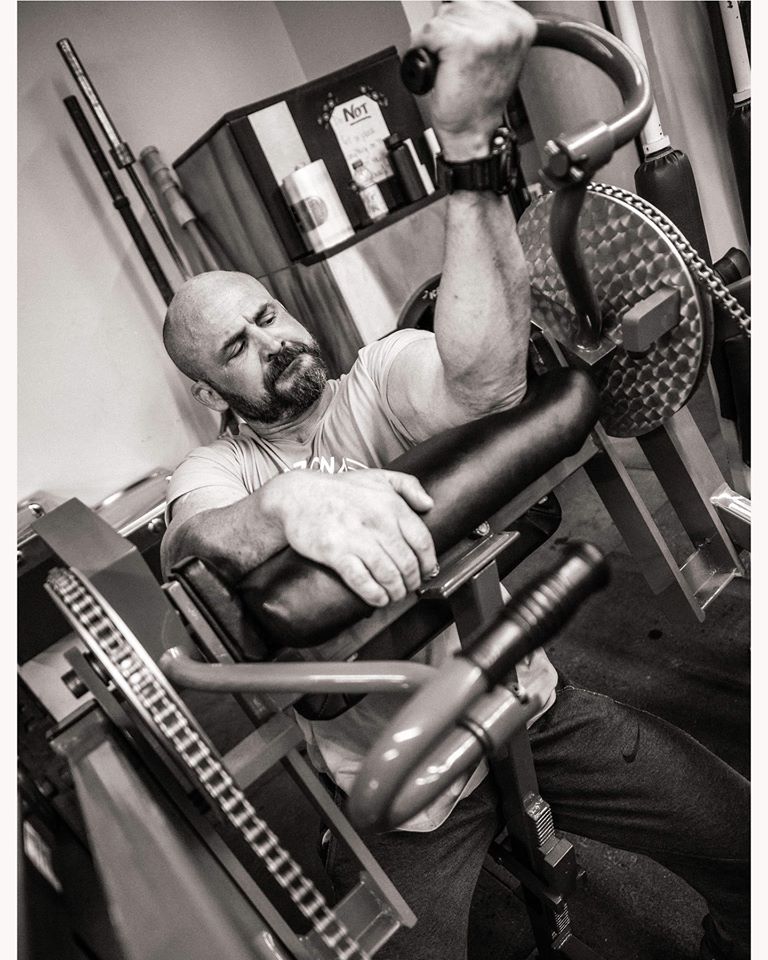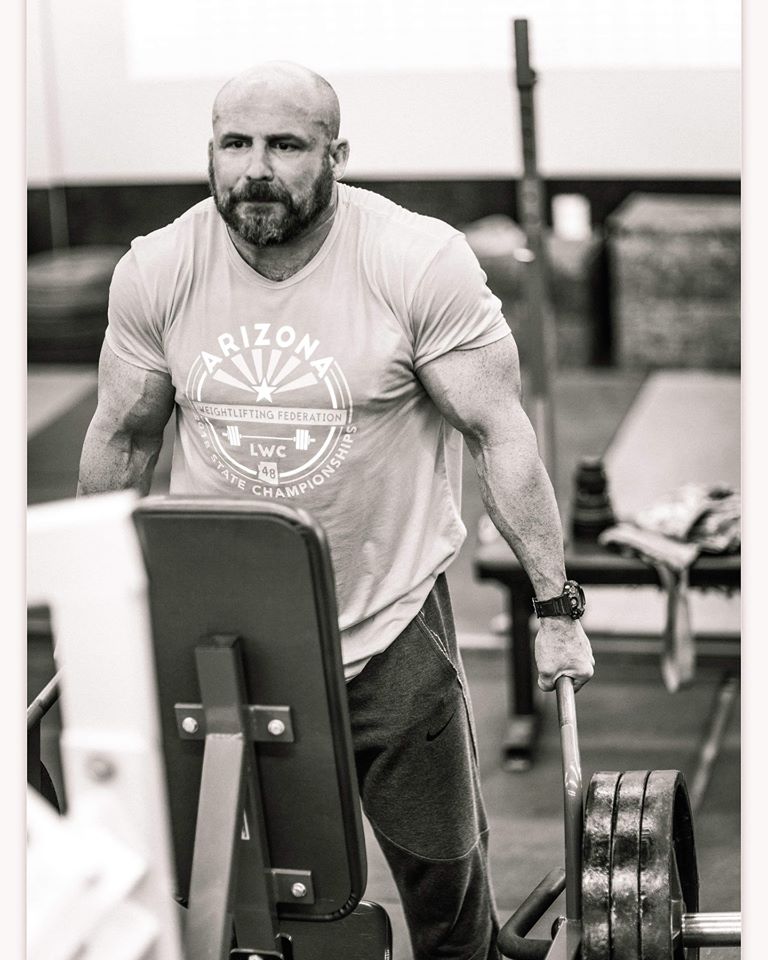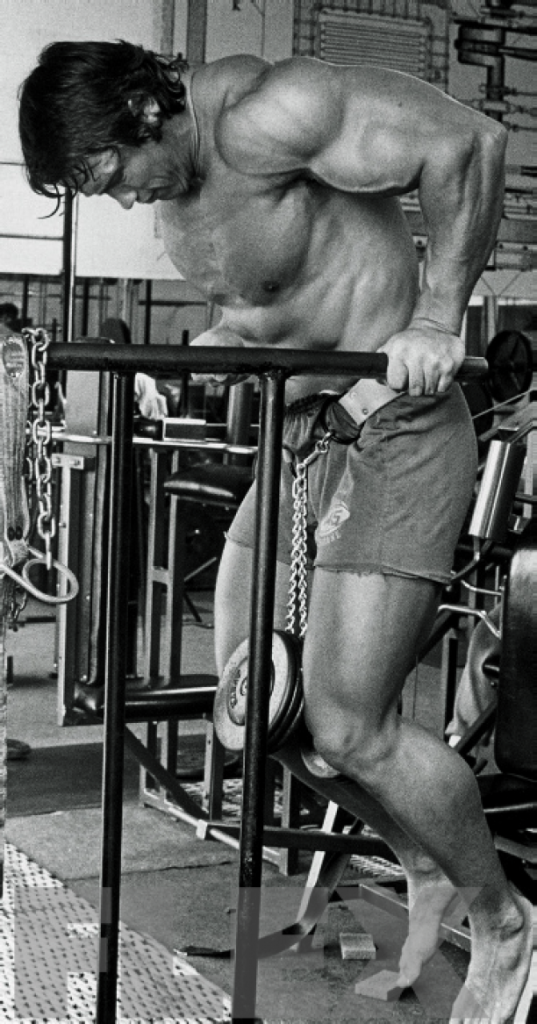In the most basic terms, Hypertrophy refers to an increase in the size of a…

“Damper setting” or “What the heck does that thingy on the side of the big round thingy do?”
This article was written by Kare Williams. Kare rowed for the University of Washington and the Seattle Rowing Club. She received her CrossFit Rowing Certification in 2009. She was the AZ Indoor Women’s Rowing Champion in 2009. Kare also achieved world ranking for Concept 2 Masters Women, as well as top 5 in the world for multiple distances from 500 meters to marathon distance (42,195 meters). She has been a CrossFit coach for 7 years and is the owner, programmer, and head coach at CrossFit Milo in Tucson, AZ.
So have you ever gotten on the ERG looked at the lever on the right and just “guessed” where it should be set? Then you say a small, but meaningful prayer to the rowing gods that your “guess” is going to get you through the WOD without making your quads explode, or your split time plummet to the level of a 4 year old?
Well now there is help! Let’s demystify the damper setting together!!
The Damper setting controls the “Drag Factor”
Now THAT “Drag Factor”!!!
The drag factor affects how fast the wheel slows down in between strokes. When you stop pulling on the handle the wheel immediately starts to slow down. If the Damper is set at “1,” the small openings on the side of the wheelhouse, or “the big round thingy,” are closed off. With the openings closed off, less air is allowed into the wheelhouse, there is less air resistance, and the wheel keeps spinning. If the Damper is set at “10” the small openings are unblocked. This allows more air inside the wheelhouse. More air equals more air resistance, and the wheel slows down faster.
But why does this matter?
If the wheel is spinning faster when you start your next stroke, there is less resistance, and it feels “easier.” When the wheel is spinning slower when you start your next stroke, there is more resistance, and it feels “harder.”
So what does this do for us? What drag factor works best for you?
It is different for everyone. Just like gears on a bike. Two people can be riding side by side, at the exact same speed. One person prefers a low gear and slower pedal rotation. The other prefers a higher gear and a faster pedal rotation…they’re both still going the exact same speed and will finish the race at the same time. The trick is finding the damper setting that works best for you. It’s a balance between how much force you need to exert and how much speed you need to generate.
So where do we go from here?
How to find your optimal damper setting and what
you will need:
- 1 ERG
- 1 paper and pen
- 15-20 mins
All rowing should be done at a consistent “perceived effort” and
stroke rate! For example, if it “feels” like about 80% effort to
you, keep that same effort for all of the 30 second pieces.
Whatever stroke rate you can comfortably row at 80%, keep that
stroke rate every time!
Step 1) Warm up, do a few short sprints, stretch
Step 2) Row for 30 sec with the damper set at “1”
Step 3) Write down the total meters rowed
Step 4) Rest 30 sec to 1 min
Repeat Steps 2-4, changing the damper setting for each 30 sec piece
in this pattern: 1-10-2-9-3-8-4-7-5-6 (be sure to press
“menu/back” and “just row” each time.)
At the end you will have a list of 10, 30 sec pieces, with the
meters rowed at each damper setting. Whichever group of settings
that you rowed the most meters is your “ideal” setting!!


